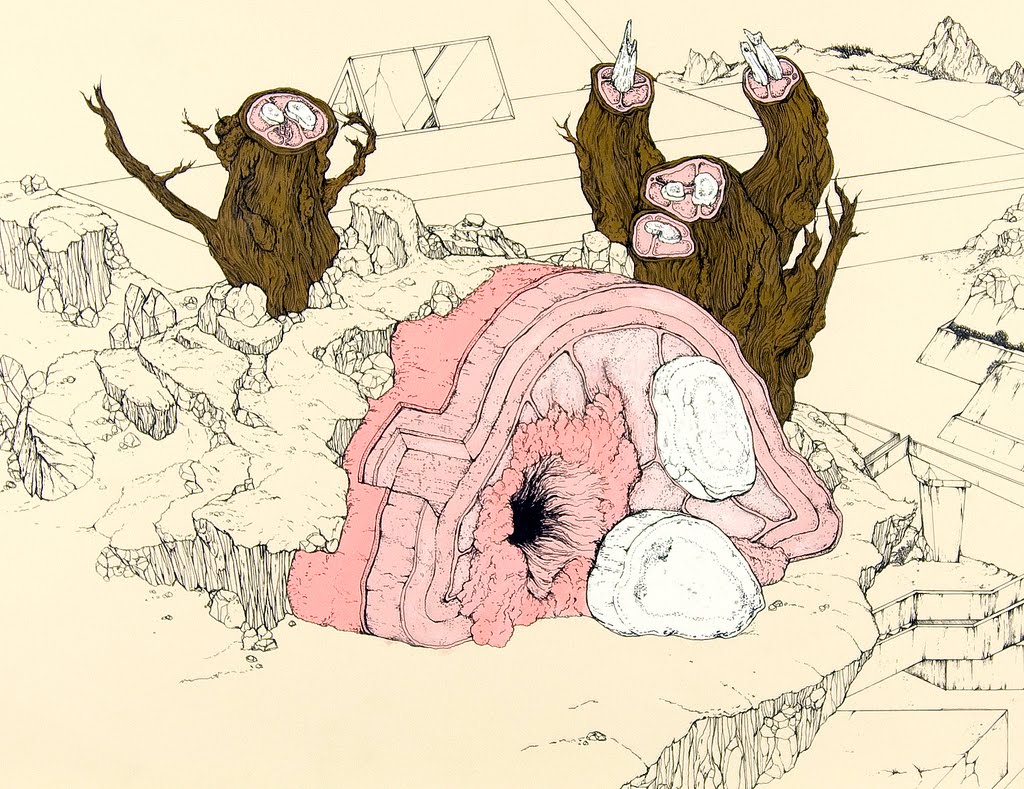OLIVER BYRNE: The Elements of Euclid
I purchased a wonderful book published by TASCHEN called THE ELEMENTS OF EUCLID, by OLIVER BYRNE. Its an extremely well presented facsimile of the 1847 publication which was -as Werner Oechclin points out in the remarkable essay accompanying the book, accepted as a curiosity in the 19th century and (undeservedly) treated likewise. It is fabulously clear, Euclidian geometry being consigned to a plane, is a type of geometry you will be familiar with (or would have been at some point- possibly in school). Bertrand Russell, in his elaborate and attentive skepticism, kindly informs us that Euclid is not the master of logic (of course he proposes a proof to support this allegation) and in fact even in the time of Byrne, euclidian ideology was 'demoded'. I love Bertrand Russell and indeed, it is dangerous to place the minds of ancient philosophers on a type of pedestal. Considering non-euclidian geometry, topology, abstract mathematics, how these are used in contemporary sciences, our 21st century world and view of OUTER SPACE, it does not always make sense to do so. However, in agreement with Oechclin, it is in fact a useful thing that 'Euclid' compiled these geometric proofs (even if they may be some what skewed in their clarity in comparison to our definitions of 'proof') so that they were tidily and conveniently stacked and bound in one object for people to read. 'Euclid', who like Homer, may have been a number of contributors.
Better still (I think) is that Oliver Byrne went out of his way to visualy represent these proofs in a marvelously clear and visual way. Aesthetically, it appears quite beyond the scope of his century and exists as a prolific and effective approach to explanation. The intention being to assist learning, the book dis-ambiguates the abstract language of mathematics, rendering these observations of geometry more readily and visually tangible, translating geometric and arithmetic languages which you can SEE! As in see 'happening'- while you read. In terms of the presentation of formal logic, how (if it is even possible?) could this visual language be used in literary arguments and proofs? Similarly, how indeed can it relate to semiotics and logic? And in how many ways! Some reading must be done. Here are some images from the TASCHEN website.
 |
| This image from: http://www.math.ubc.ca/~cass/Euclid/byrne.html |











2 comments:
I nearly bought that today! Spectacular
HELL YEAH!
Post a Comment